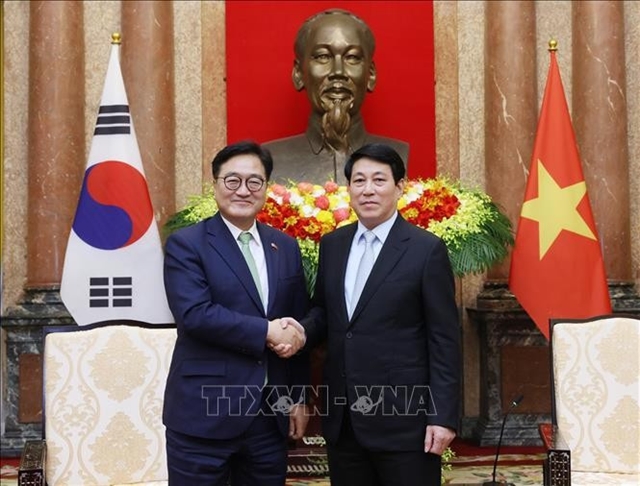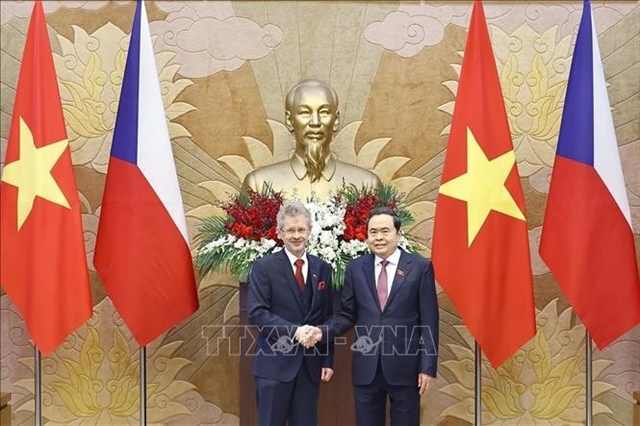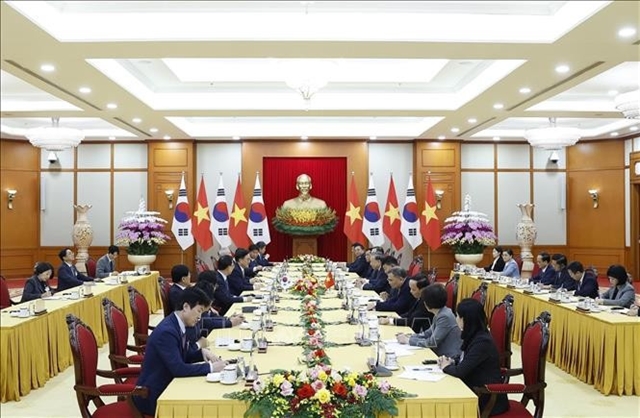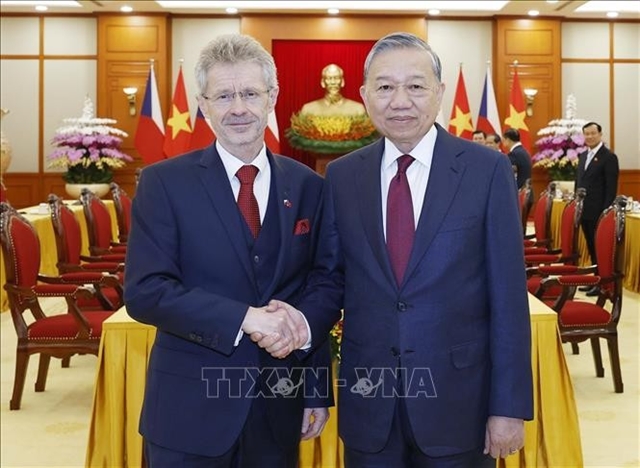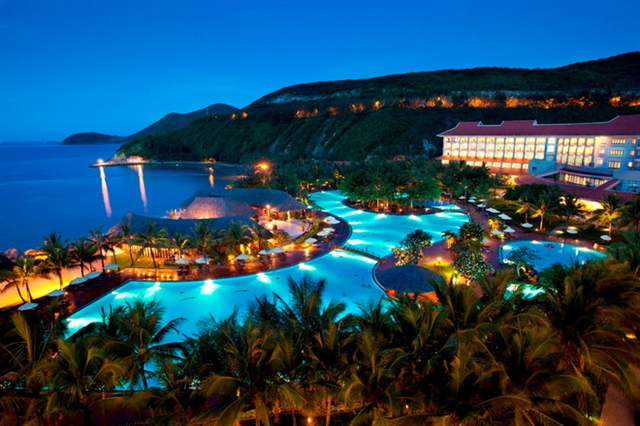 Economy
Economy

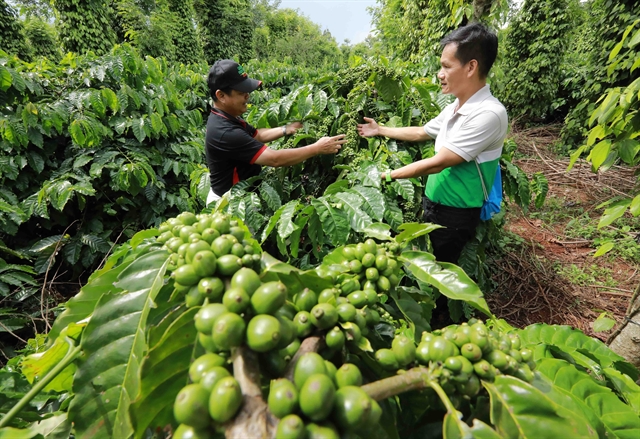
|
| A coffee farm in Đắk Lắk Province employs coffee and pepper model transfered by Nestle. — VNA/VNS Photo |
HÀ NỘI — Investment in sectors related to green growth has been on the rise, but it is necessary to devise practical incentives to help businesses effectively adopt green production and business practices, an official has said.
Enterprises in Việt Nam, both foreign direct investment (FDI) and domestic ones, have invested about US$9 billion, or 2 per cent of GDP, in the fields related to green development such as renewable energy, clean energy, and equipment serving a green economy.
According to Nguyễn Anh Tuấn, Deputy Director of the Foreign Investment Agency under the Ministry of Planning and Investment (MPI), investment in green growth has increased by some 10 - 13 per cent over the last two years.
Contributions by the business community, including FDI firms, to green growth are substantial, which is an encouraging sign, he opined, noting that enterprises have helped change production, business, and consumption practices toward green growth.
In the past, they faced a number of difficulties and challenges to realising the green growth target, but now they have turned those obstacles into competitive edges, Tuấn said at a recent discussion.
Nguyễn Văn Toàn, Vice Chairman of the Việt Nam Association of Foreign Invested Enterprises (VAFIE), cited data as showing that before 2021, only 5 per cent of FDI companies used high technology, 80 per cent medium technology, and 15 per cent low technology. During that period, the country attracted FDI at all costs to create jobs and boost exports while lacking due attention to environmental protection.
However, Việt Nam is no longer pliant in investment attraction, he noted, adding that the prioritisation of FDI in green development has proved effective as seen in the projects using high technology of such enterprises as Lego and Nestlé.
Toan held that the situation has improved much in the last 3 to 4 years, especially since the Politburo issued Resolution 50-NQ/TW on orientations for perfecting regulations and policies to improve the quality and effectiveness of foreign investment cooperation by 2030. The country has attracted FDI in a selective manner.
Besides, the global minimum corporate income tax of 15 per cent, initiated by the Organisation for Economic Cooperation and Development (OECD) and to be imposed on multinationals with annual revenues of 750 million euros (over $820 million) or more, will also give a boost to the revision of the foreign investment attraction strategy, he said.
Tuấn said though Việt Nam is considered an example of success in FDI attraction thanks to better regulations and investment climate, political stability, and good growth potential, green growth is still a challenging target.
Facing that fact, the MPI has submitted proposals to the Government and coordinated with other ministries, sectors, and localities to fine-tune the legal framework for green development.
Việt Nam has issued a green growth strategy and an action plan whose content has been integrated into socio-economic development plans of localities to be carried out, but that is not enough, the official pointed out.
The Government should continue ordering ministries and sectors to review and ensure that the legal framework is truly favourable for green practices. It is necessary to devise practical incentives to improve enterprise awareness and help them effectively adopt green production and business practices, according to Tuấn.
Meanwhile, Nguyễn Quang Vinh, Vice Chairman of the Việt Nam Chamber of Commerce and Industry (VCCI), described the role of enterprises in implementing the national strategies for green growth, climate change response, and sustainable development as highly important.
It’s time for enterprises to consider how they can create added value during the implementation of the green growth strategy so as to meet the demand for green, sustainable, and inclusive development, he said. — VNS

